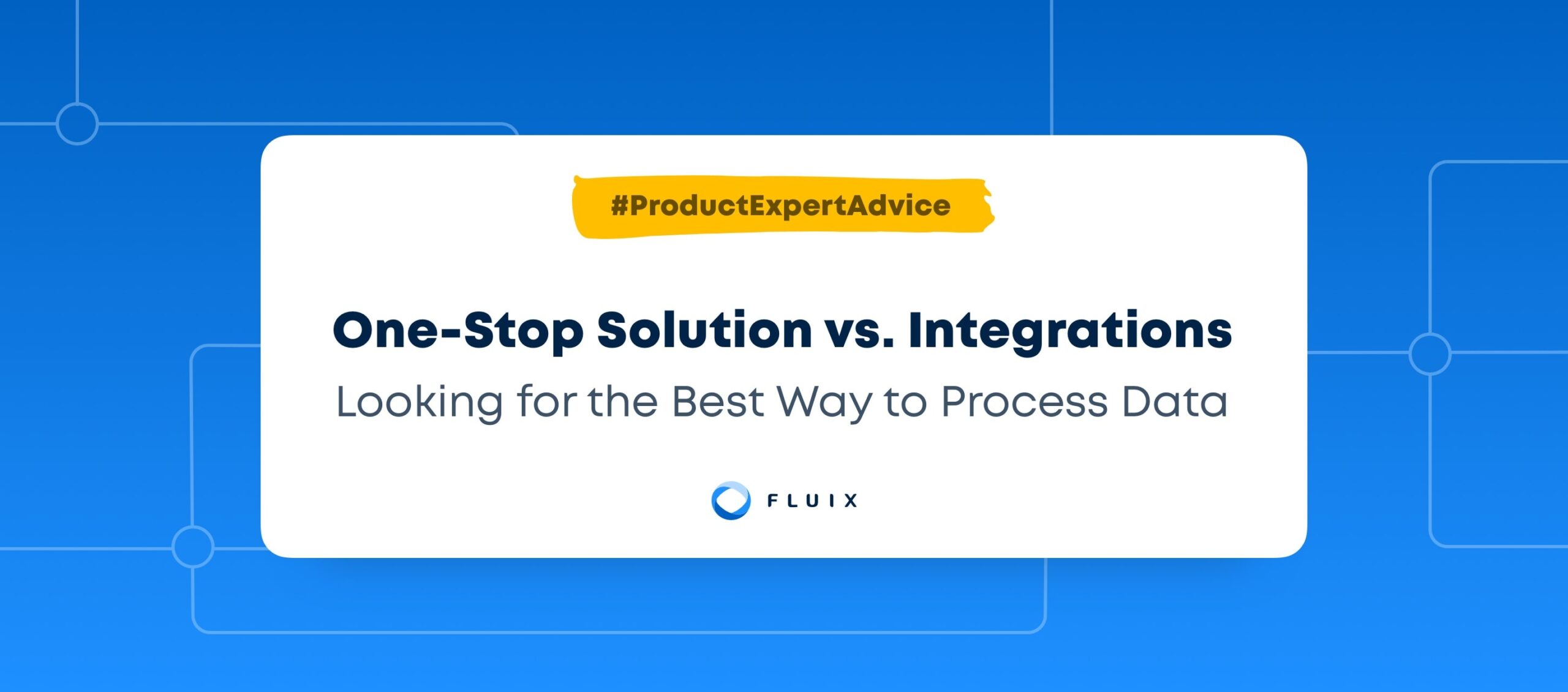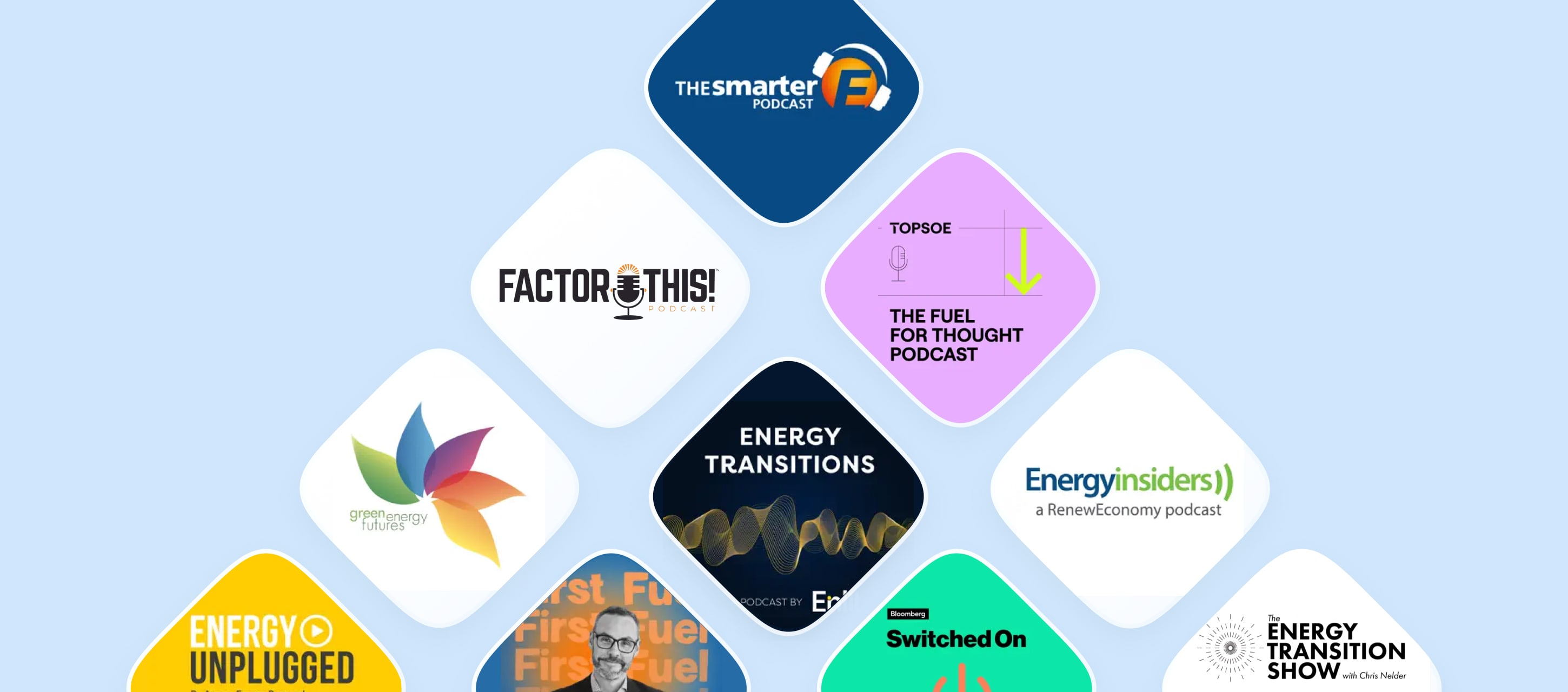The amount of data that the average company collects daily is enormous. It’s obvious that big data is gold… provided it is accurate and can be analyzed. There are plenty of data integration software solutions used both for data capture and analysis, but a common problem is the need to manually transfer data from one tool to another. This transfer process devours valuable time and increases the risk of data being lost or misinterpreted. While seeking a solution, companies will usually try to find an end-to-end platform that covers the whole cycle, or choose vertical solutions that integrate with each other. Let’s look at the pros and cons of each approach, to help you to make your own decision.
End-to-end solution vs. Integrations
Before we proceed with comparisons, let’s think of the main characteristics of both end-to-end solutions and vertical tools. End-to-end solutions typically tend to be a very well-known platform, with thousands of employees, and multiple procedures established to regulate each process. A large customer base and massive infrastructure are also common defining features that on one hand give a feeling of trust, but at the same time affect the flexibility and time that can be provided to each customer.
Vertical tools usually exist in an environment of high competition, where several companies are all vying for a niche corner of the marketplace with a solution specifically tailored to a defined customer need. Due to the intensity of competition, these companies need to be dynamic, fast and creative in achieving their goals, and they tend to place an emphasis on engaging with their customers as much as possible.
The most important thing is to choose a service/solution provider that will actively support you and your team with top-notch service down the road, not just until you make the purchase.
| Pros | Cons | |
| End-to-end platform | ||
| Integrations |
The comparison above was made based on the experience of our customers. We hope it will help you to make the right choice. The deciding factors, regardless of the approach you choose, should be the time you’ll need to spend on software administration and the quality of service you’ll get for your money.
You can also check one particular integration that meets the aforementioned requirements, and also ensures flawless data capture and analysis. It’s an integration between Fluix and Airtable.







